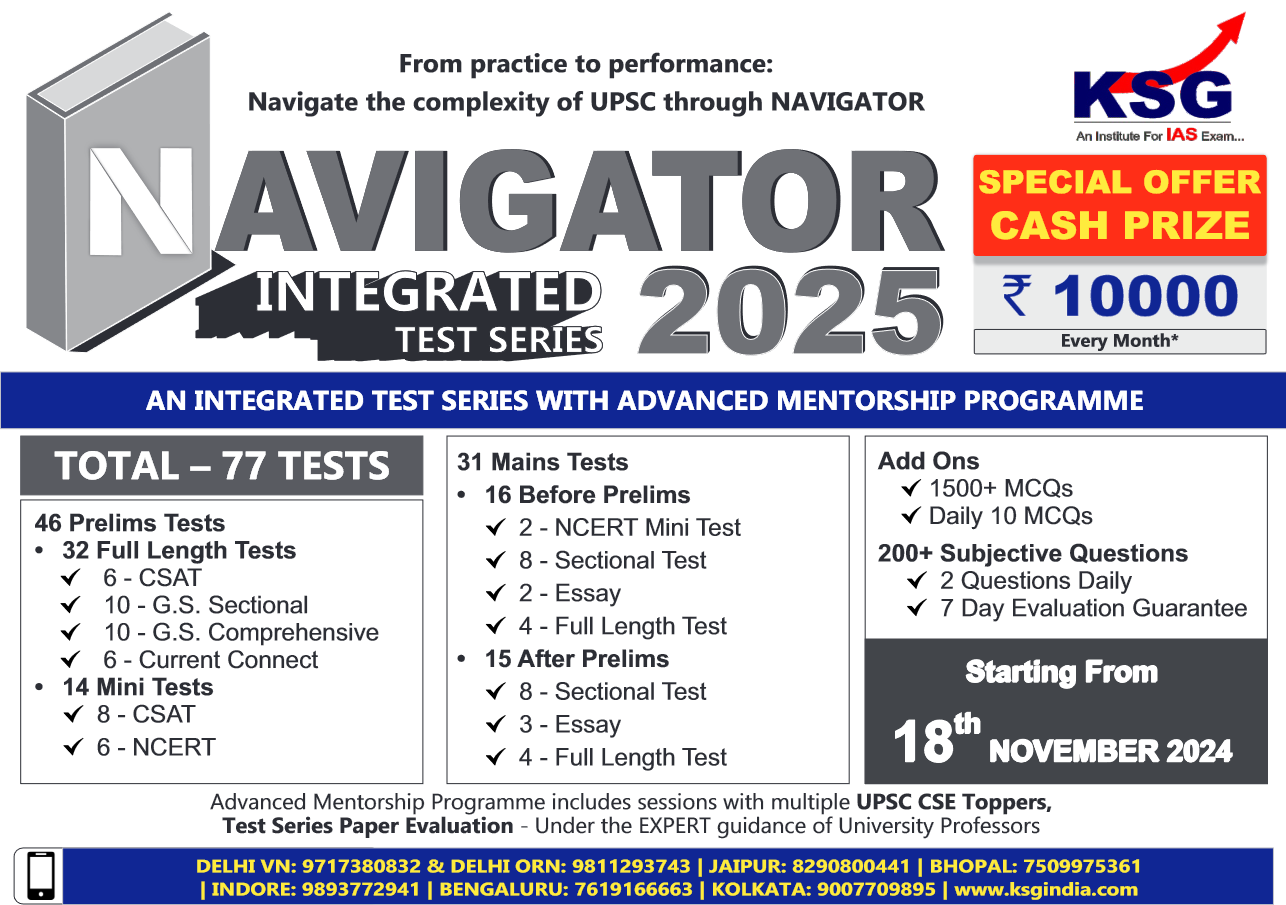How does carbon dating work?
Source: By The Indian Express
The Allahabad High Court on 12 May 2023 ordered a “scientific survey”, including carbon dating, of a “Shivling” said to have been found at the Gyanvapi mosque complex in Varanasi after setting aside a lower court order on the issue. The order was passed by Justice Arvind Kumar Mishra.
On 16 May last year, a court-ordered videographic survey of the Kashi Vishwanath temple-Gyanvapi mosque was completed by a Commission appointed by a local court. During the survey proceedings, a structure – claimed to be a “Shivling” by the Hindu side and a “fountain” by the Muslim side – was found inside the mosque premises.
In their plea before the High Court, the Hindu petitioners had requested “to make scientific investigation by carbon dating or otherwise to determine the age, nature and other constituents of the Shivlingam.”
Senior Advocate Syed Farman Ahmad Naqvi, representing Anjuman Intezamia Masjid Committee (AIMC) told The Indian Express the decision on whether to challenge the High Court order would be taken soon.
What is carbon dating, and what will it help achieve?
What is the science behind carbon dating?
Carbon dating is a widely-used method to establish the age of organic materials, things that were once living. Living things have carbon in them in various forms. The dating method is based on the fact that Carbon-14 (C-14), an isotope of carbon with an atomic mass of 14, is radioactive, and decays at a well known rate. This is how it works:
The most abundant isotope of carbon in the atmosphere is C-12. A very small amount of C-14 is also present. The ratio of C-12 to C-14 in the atmosphere is almost static, and is known.
Plants get their carbon through photosynthesis; animals get it mainly through food. Because plants and animals get their carbon from the atmosphere, they too acquire C-12 and C-14 in roughly the same proportion as is available in the atmosphere.
When they die, their interactions with the atmosphere stops. While C-12 is stable, the radioactive C-14 reduces to one half of itself in about 5,730 years — known as its ‘half-life’. The changing ratio of C-12 to C-14 in the remains of a plant or animal after it dies can be measured, and can be used to deduce the approximate time when the organism died.
But what about non-living things, like the purported Shivling in Varanasi?
Though extremely effective, carbon dating cannot be applied in all circumstances. It cannot be used to determine the age of non-living things like rocks, for example.
Also, the age of things that are more than 40,000-50,000 years old cannot be arrived at through carbon dating. This is because after 8-10 cycles of half-lives, the amount of C-14 becomes almost very small and is almost undetectable.
But there are other methods to calculate the age of inanimate things, many of which are based on the same principle as carbon dating. So, instead of carbon, decays of other radioactive elements that might be present in the material become the basis for the dating method.
These are known as radiometric dating methods. Many of these involve elements with half-lives of billions of years, which enable scientists to reliably estimate the age of very old objects.
Two commonly employed methods for dating rocks are potassium-argon dating and uranium-thorium-lead dating. The radioactive isotope of potassium decays into argon, and their ratios can give a clue about the age of rocks. Uranium and thorium have several radioactive isotopes, and all of them decay into the stable lead atom. The ratios of these elements present in the material can be measured and used to make estimates about age.
There are also methods to determine how long an object has remained exposed to sunlight. These apply different techniques, but are again based on radioactive decay and are particularly useful in studying buried objects or changes in topology. The most common of these is called cosmogenic nuclide dating, or CRN, and is regularly applied to study the age of ice cores in polar regions.
In some situations, carbon dating can be used indirectly as well.
For example, a way in which the age of ice cores in glaciers and polar regions is determined by studying carbon dioxide molecules trapped inside large ice sheets. The trapped molecules have no interaction with the outside atmosphere, and are found in the same state as when they were trapped. Determining their age gives a rough estimate of the time when the ice sheets were formed.
How long a rock has been at a particular place can also be determined similarly — organic materials like dead plants or insects trapped underneath can give an indication of when that rock reached that place.
So how does all of this fit into the Gyanvapi case?
In the Gyanvapi case, the Hindu petitioners claim that the Gyanvapi mosque was built on an ancient Hindu temple. The purported “Shivling” is being cited by the Hindu cite as evidence for the existence of the temple. In this case, the petitioners’ purpose would likely be served if it was established that the “Shivling” existed at that place before the mosque came up in 1669.
But there will be specific limitations. The structure cannot be uprooted or disrupted, as per orders of the Supreme Court, so methods like looking for trapped organic material beneath it might not be feasible.


